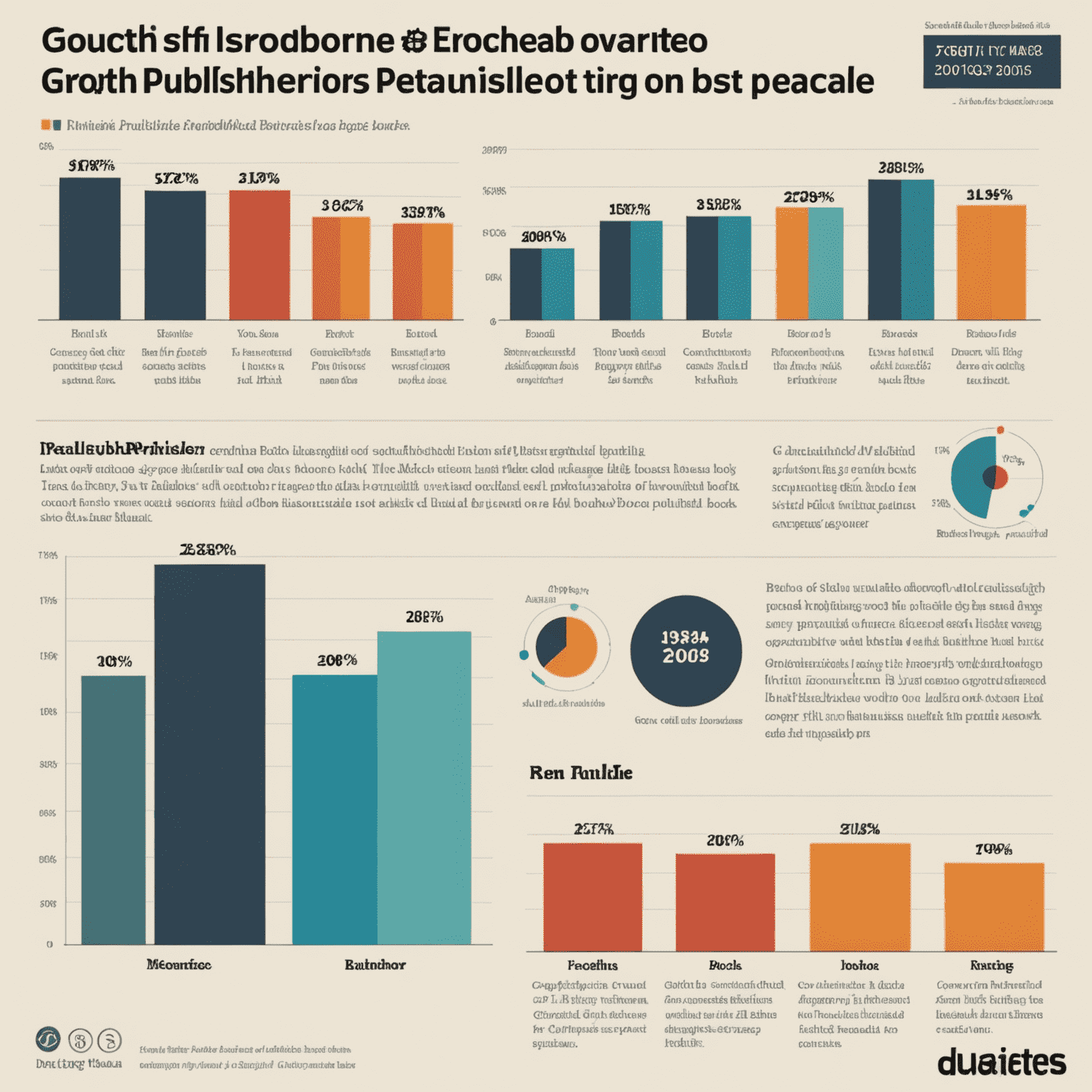Book Industry Trends: Shaping the Future of Reading

The book industry is undergoing a rapid transformation, driven by technological advancements and changing consumer preferences. Let's explore the current trends that are reshaping how we create, distribute, and consume books.
1. The Rise of E-books
E-books continue to gain popularity, offering readers convenience and instant access to vast libraries. Publishers are innovating with enhanced e-books, incorporating multimedia elements to create immersive reading experiences.
2. Audiobook Boom
Audiobooks are experiencing unprecedented growth, catering to busy lifestyles and multitasking readers. Platforms like Audible are investing in original content and celebrity narrations to attract more listeners.
3. Print Book Resilience
Despite digital alternatives, print books remain popular. Many readers appreciate the tactile experience and collectors value special editions, driving publishers to focus on high-quality print productions.
4. Self-Publishing Revolution
Self-publishing platforms have democratized the industry, allowing authors to bypass traditional gatekeepers. This trend has led to a more diverse range of voices and niche content reaching readers.

5. Artificial Intelligence in Publishing
AI is being utilized in various aspects of publishing, from predictive analytics for book marketing to AI-assisted editing and even AI-generated content, raising both excitement and ethical questions.
6. Subscription Models
Book subscription services are gaining traction, offering readers unlimited access to digital libraries for a monthly fee. This model is changing how readers discover new books and authors.
7. Augmented Reality Books
AR technology is creating new possibilities for interactive books, especially in educational and children's literature. These books blend physical and digital elements for an enhanced reading experience.
8. Sustainability in Publishing
Eco-friendly practices are becoming a priority, with publishers exploring sustainable paper sources, print-on-demand technologies, and digital alternatives to reduce environmental impact.
9. Diverse Voices and Inclusive Publishing
There's a growing emphasis on diversity in both authorship and content, with publishers actively seeking underrepresented voices and stories that reflect a wider range of experiences.
10. Direct-to-Consumer Sales
Publishers are increasingly focusing on building direct relationships with readers through online platforms, offering exclusive content and personalized recommendations.

As these trends continue to evolve, the book industry faces both challenges and opportunities. Adapting to new technologies while preserving the timeless appeal of storytelling will be key to shaping a vibrant future for books in all their forms.